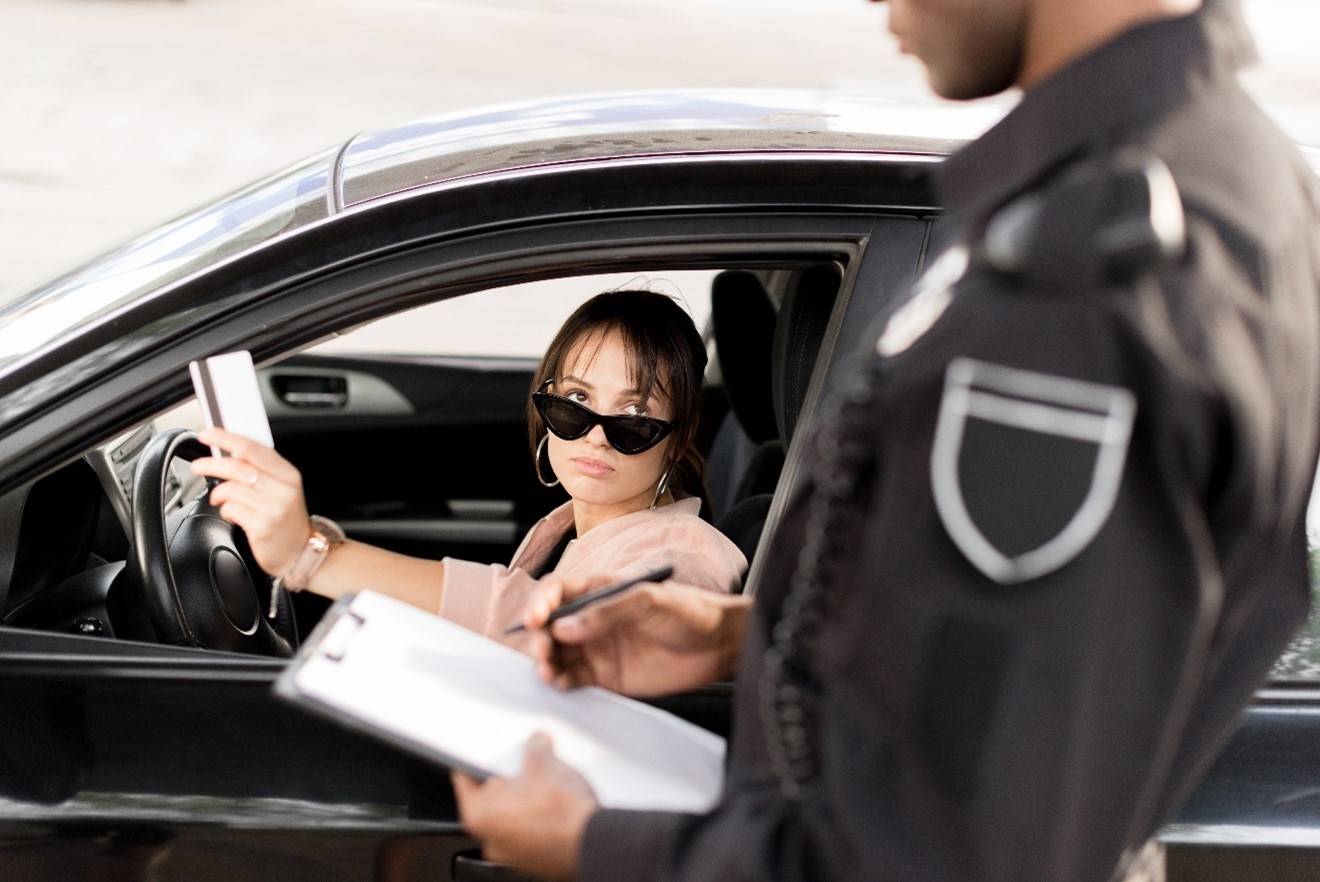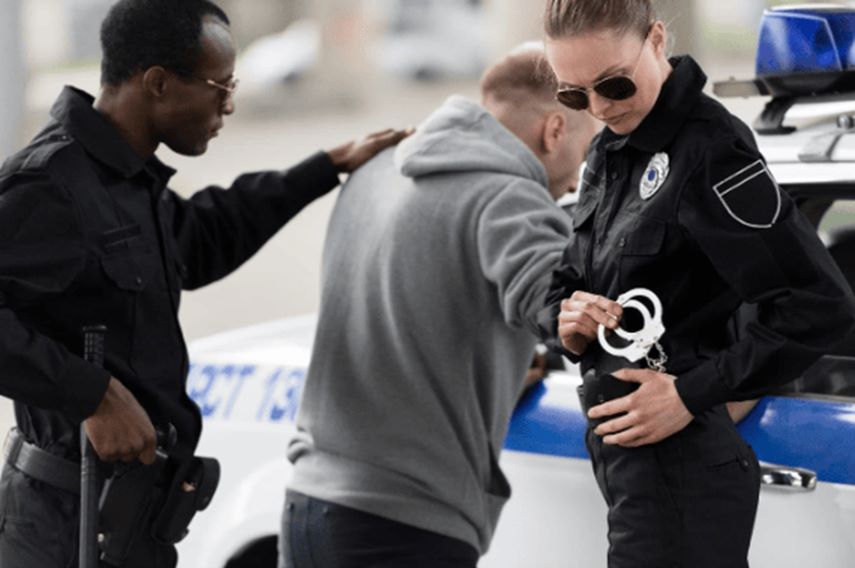Losing your driving privileges due to DUI, accumulated traffic violations, or other offenses can have a significant impact on your life, affecting your ability to work, care for your family, and maintain your independence. Fortunately, the process of driver’s license restoration exists to help individuals regain their legal ability to drive under certain conditions. This post outlines the essential steps you need to take to navigate the path to getting your driver’s license back.
Step 1: Understand Why Your License Was Suspended
Before you can embark on the journey to restoration, it’s crucial to understand the specific reasons behind your license suspension or revocation. The most common reasons include DUI convictions, accumulation of points from traffic violations, failure to pay fines, or driving without insurance. Each reason may have different requirements and processes for restoration.
Step 2: Satisfy Any Court or DMV Requirements
Once you know why your license was suspended, you need to comply with any court or Department of Motor Vehicles (DMV) stipulations. This may include:
- Serving a specified suspension period: You must wait out the duration of your suspension before applying for restoration.
- Paying fines and fees: Any outstanding fines, court costs, or reinstatement fees must be paid in full.
- Completing a DUI program or traffic school: Some offenses require you to complete educational programs focusing on safe driving, substance abuse, or both.
- Filing for SR-22 insurance: If your suspension was due to insurance issues, you might need to obtain an SR-22 form from your insurance company, proving that you carry the minimum liability coverage required by your state.
Step 3: Apply for License Restoration
The application process varies by state but generally involves submitting a formal request to the DMV or relevant licensing authority. This may require filling out specific forms, providing documentation of your eligibility for reinstatement, and sometimes appearing in person for a hearing.
Step 4: Prepare for Your Hearing (If Required)
In some cases, particularly for DUI-related suspensions, you may need to attend a hearing before your license can be reinstated. This is your opportunity to present evidence that you’ve met all reinstatement requirements and to argue why your driving privileges should be restored. It can be beneficial to have legal representation during this process to advocate on your behalf.
Step 5: Follow Through with Restrictions and Probationary Requirements
Your license may be reinstated with certain conditions, such as the installation of an ignition interlock device (IID) for DUI offenses, restricted driving times, or probationary periods. Adhering to these conditions is crucial for maintaining your reinstated license and avoiding further legal issues.
Conclusion
Regaining your driving privileges after suspension requires a thorough understanding of the reasons behind the suspension, a commitment to fulfilling all legal and financial obligations, and patience through the application and potential hearing process. While navigating the road to driver’s license restoration can seem daunting, it’s a path many have successfully walked before. For the best chance of success, consider seeking the assistance of a legal professional experienced in driver’s license restoration cases. They can provide valuable guidance, help you avoid common pitfalls, and represent your interests effectively, bringing you one step closer to getting back on the road legally.







